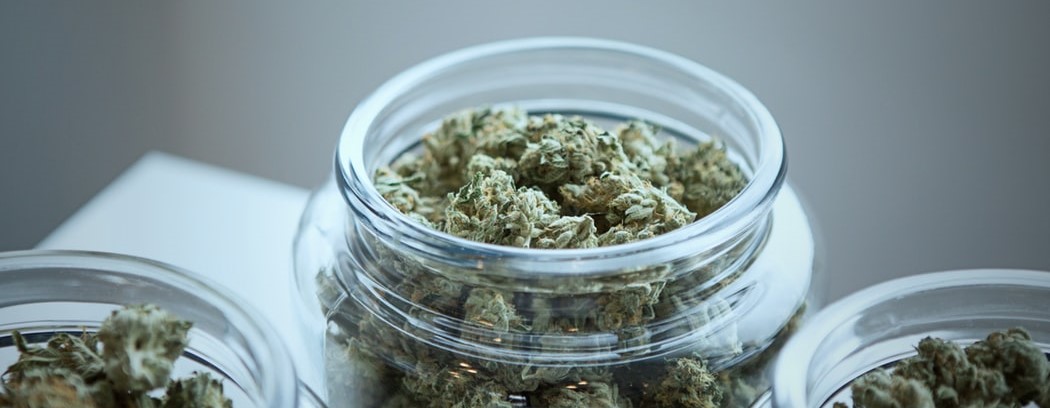
Marijuana and Chronic Pain
One of the primary goals of medicine is the relief of pain and suffering. Medical marijuana is an increasingly popular alternative to traditional pain-relieving medications, including opioids. This is especially relevant as opioid use along with its abuse has become a public health crisis in the United States. The most recent statistics estimate that there are approximately 130 deaths per day from opioid overdose. While marijuana can ease certain types of chronic pain, the mechanism of action makes it a much safer alternative since there are no endocannabinoid receptors in the part of the brain that controls breathing. Deaths from opioids are from respiratory depression. In states with medical marijuana provisions,
studies have shown a decrease in the number of opioid overdose deaths.
Marijuana Laws
While the use of medical marijuana for the treatment of many medical conditions including chronic pain is not approved by the FDA, 33 states plus the District of Columbia have legislation that approves their use for the same. Research on the use of the cannabinoids for pain relief has been limited in the United States because of the “illegal” classification as a Schedule 1 drug. However, anecdotal
evidence suggests that cannabinoids can provide relief of pain from a number of conditions.
These include pain from cancer, nerve damage from injury or diabetes, degenerative joint disease or disc disease from aging, autoimmune inflammatory diseases like lupus and rheumatoid arthritis, fibromyalgia, non-migraine headaches, and spasticity from conditions like multiple sclerosis. Pain may not be eliminated entirely but its severity in most cases is decreased enough to reduce the need for opioids, improving the quality of life.
Major Pain-Relieving Components of Cannabis
Chemically speaking, cannabis is complicated. To date, 568 unique molecules have been identified in the cannabis plant; of these, more than 60 are cannabinoids — these are compounds that act on receptors in the body’s endocannabinoid system. This system plays a key role in pain control. Two of the cannabinoids found in cannabis, Δ
9-tetrahydrocannabinol (THC) and cannabidiol (CBD), along with other cannabinoids, terpenes, and flavonoid compounds, are thought to exhibit synergistic effects that promote pain relief. THC is the most psychoactive cannabinoid found in cannabis and is primarily responsible for the “high” associated with marijuana. It can also reduce nausea and increase appetite. CBD does not provide the euphoria associated with THC but is associated with reduced pain and inflammation.
Take Away
- Cannabis use is associated with a lower opioid use in patients with chronic pain.
- Cannabis use is associated with better quality of life in patients with chronic pain.
- Cannabis use is associated with fewer medication side effects and medications used.
- Cannabis use is associated with lower risk of opioid overdose in patients with chronic pain
Check With Your Pain Management Doctor
Patients who suffer with chronic pain are often under the care of pain management physicians who prescribe opioids in addition to other modalities for pain relief. Most of these practices do random urine testing for other substances including cannabis for enforcement of compliance and safety. The use of cannabis in the management of chronic pain has not been uniformly endorsed by all pain management physicians so it will be best to discuss their policy first. If your physician considers cannabis as a useful addition then Dr. Mitchell has the knowledge and experience to find the best solution to help with your chronic pain. Florida medical cannabis dispensaries have many products and host of delivery systems that can be tailored to each patient’s needs. Click
here for more details.
For a detailed
NIH review of
Cannabis and Pain check out this
link.


Leave a Comment